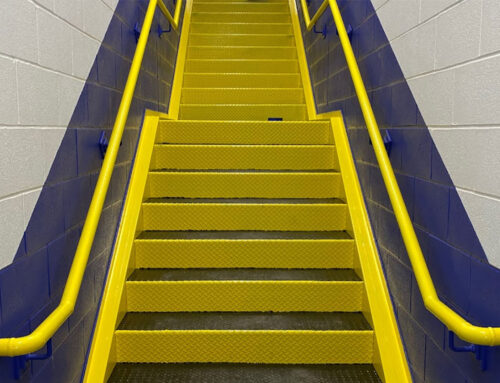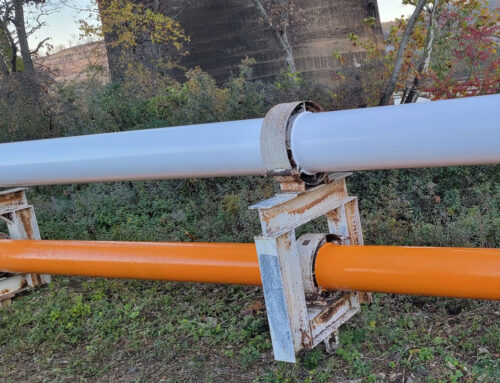Federal regulations around pipeline safety have changed dramatically in the past decade and even more intensely in the past few years. At the center of that change is the Mega Rule.
In a previous post, we unpacked what the Mega Rule is and why the Pipeline Hazardous Materials Safety Administration (PHMSA) created it. Now that you have that fundamental understanding, we’re going to outline what the three parts of the Mega Rule mean for your industrial business. Read on to learn more.
Mega Rule Part One
The first Mega Rule demands that industrial businesses have meticulous and readily available pipeline records along with their Maximum Allowable Operating Pressure (MAOP). To meet federal compliance, operators needed to submit information by July 2020.
The law requires pipeline operators to identify and monitor pipeline integrity in Moderate Consequence Areas (MCAs), which include highways, houses, and apartments with five people or more, religious institutes, and High Consequence Areas (HCAs), which include urban areas.
To see the exact language of Mega Rule Part One, see the Department of Transportation’s Pipeline Safety: Safety of Gas Transmission Pipelines: MAOP Reconfirmation, Expansion of Assessment Requirements, and Other Related Amendments.
Mega Rule Part Two
The second Mega Rule directs industrial businesses to implement continuous internal corrosion monitoring and biannually inspect pipelines for corrosive gas damage. It also demands pipeline operators institute an external corrosion management plan focusing on reducing electrical interference. The plan must include regular testing and surveying.
As part of their cathodic protection monitoring, pipeline operators must survey damaged pipelines every five feet and fix any damage within a calendar year.
To review the full Mega Rule Part Two regulatory requirements, see the Department of Transportation’s Pipeline Safety: Safety of Gas Gathering Pipelines: Extension of Reporting Requirement, Regulation of Large, High-Pressure Lines, and Other Related Amendments.
Mega Rule Part Three
Effective May 2023, the third part of Mega Rule introduces new regulations of onshore large-diameter, high-pressure gas transmission pipelines, including Type C gathering lines. The rule mandates that industrial businesses identify construction-related damage after backfilling and repair coating damage immediately. It also incorporates NACE standards for stress corrosion cracking and internal corrosion direct assessments.
It requires pipelines to be protected from natural disasters, and inspected within 72 hours of “the cessation of an extreme weather event such as a hurricane, landslide, flood; a natural disaster, such as an earthquake; or another similar event that has the likelihood to damage infrastructure” and make repairs shortly after the extreme weather event.
Perhaps most importantly, Mega Rule Part Three boosts the need for comprehensive pipeline mapping, incident reporting, and incident monitoring.
To get more information about Mega Rule Part Three, see the Department of Transportation’s Pipeline Safety: Safety of Gas Transmission Pipelines: Repair Criteria, Integrity Management Improvements, Cathodic Protection, Management of Change, and Other Related Amendments.
Don’t Get Caught Getting Behind on Mega Rule Compliance. Hire the Industrial Painters from Eagle Eye Services Today.
Many industrial businesses are still catching up to Mega Rule compliance. Eagle Eye Services can help. Our industrial painters have a deep understanding of Mega Rule requirements, including corrosion control and repair criteria. To learn more about how we can help your industrial business, contact our team today at 724-754-1122. We encourage you to schedule an onsite visit with us and request a free estimate about your business’ Mega Rule compliance.
More Adivce from the Experts
Ready to Get Started?
Have questions about your project or need a quote? We’ve got someone ready to help you.



